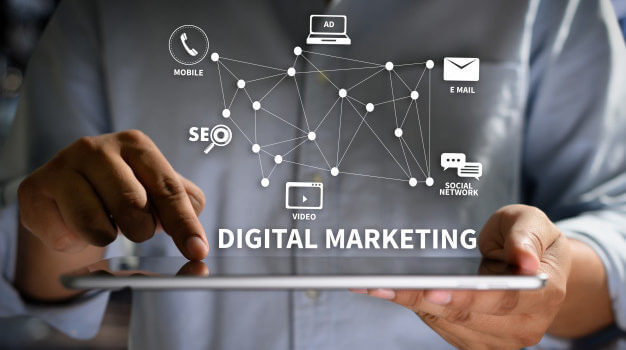
The Importance of Telecommunications in Digital Marketing
The telecommunications sector seems to be the great forgotten one after the integration of digital platforms that are constituted almost as parallel substitutes to the fastest and closest means of communication, the telephone.
However, new digital platforms and communication methods are only accessory elements to the more direct communication model offered by telephony.
The Combination of Two Very Different Sectors
Table of Contents
Despite the fact that new media may offer an attractive component or a suggestive line of services, it is almost impossible to completely get rid of receiving and making calls, it is inevitable, as it is shown to the client as an effective and concise act.
Marketing cannot do without such direct contact between a client company, as is the telephone.
However, contemporary telephony tries not to be left behind after the arrival of online communication, since its main objective is to insert it on the website itself, with systems such as click to call.
Digital communication can be integrated together with telephony to endow it with an increase in value and efficiency, as it does not untie different working instruments and make them work together both internally and externally to the company.
The revolutionary world of digital marketing, despite its multiple benefits, has lost direct and close contact with the customer.
However, the coordination of both in a single sector, makes it possible to enjoy bilaterally the benefits that we previously found separated one by one.
Adaptation to the Business World
It is crucial to point out that there are already many companies that, in order to offer their clients efficient attention, combine telephony and the web in a single system, without the need for physical equipment or facilities susceptible to technical problems.
These are services that are tailored to the size of the company, adapting to the existing work structure and using customizable functions.
In general, these services make use of different technologies that have become important in the market in recent years. The main one is VoIP “Voice over Internet Protocol”, typical of the service of a switchboard service .
We are talking about systems that have been able to combine or create a synergy between departments to achieve levels of precision that, on the other hand, are ideal for analyzing the performance and performance of workers, or knowing more about customers and leads.
In short, it is a combination of two tools, digital marketing and telecommunications in the company, which evolve day by day and combine efforts to achieve great benefits in the company.
Thus, among the main qualities we can see the following:
Effectiveness
As it is intelligent self-management, the amount of rudimentary or elementary work on the part of the company is reduced, allowing for much more autonomous time employment.
Simpler Processes
By combining several services in oneself, the entire administrative process is streamlined to a simpler level without distorting the meaning of each one of them.
Innovative
It uses cutting-edge technology on the market and represents an advance that goes beyond mere basic functions of a basic telephone system or an online work package.
Economic
The different comparative pages show a series of services that are quite accessible for both small and large companies.
Scalable
It adapts to the user according to their priorities in a flexible way, which grants a differentiating autonomy from the strict restraints of traditional services.











